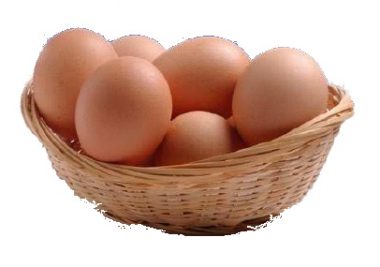
Animal Nutrition 21 Apr 2022
Current laying hens have a high genetic potential to produce eggs. If they receive adequate environmental conditions, health, and nutrition, they can maintain over 90% of the laying rate for a long period of the productive cycle.
In the last decade, we have seen how genetic progress has generated laying hens with an extraordinary productive persistence, accompanied by a slight decrease in body weight, feed consumption, and egg size, reaching 50% production earlier than ten years ago.
Modern laying hens, a challenge for nutritionists
Modern laying hens represent a challenge for nutritionists, as one can no longer entirely rely on scientific information generated in the past with other types of birds.
One of the frequent problems today is in birds that are reaching peak production and cannot consume enough food. They have to resort to their body fat and bone structure to compensate for the lack of nutrients, generating a typical drop-in production that will impact the performance of the hens for the rest of their days if stocks are not adequate and demand is high.
Therefore, it is necessary to prepare the layers to start the lay with a suitable size and bodyweight:
To interrelate the above parameters, the rearing diets must stimulate the increase in the size of the digestive tract and increase the levels of fiber. It is also important to use feed with a granulometry of around 1.0 to 1.2 mm from the fifth week of age.
from 0 – 4 and 5 – 11 weeks of age should be formulated with no less than 18 and 16% protein, respectively, with corresponding amino acids to ensure good growth.
Bone formation
For bone formation, the nutrition of calcium, phosphorus, and vitamin D3 during growth is essential. Maintain the proper ratio between available calcium and phosphorus and provide adequate levels of these minerals during pre-laying for proper medullary bone formation.
Medullary bone formation begins about ten days before laying, and the bird’s skeleton increases by 20%. This is due to a hormonal synergism of estrogens and androgens that indirectly increase the absorption and retention of calcium and phosphorus.

The calcium
The particle size of the calcium source is one of the essential measures to maintain good eggshell quality.
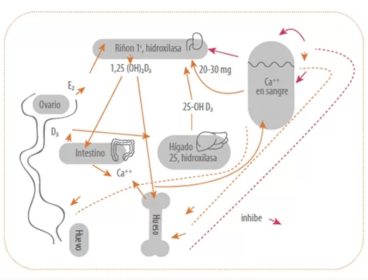
Figure 1. Calcium homeostasis (modified from Soares 1984)
Phosphorus level
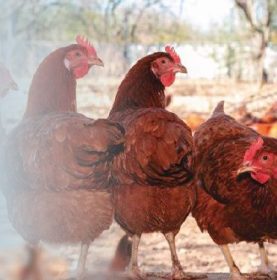
Therefore, limiting the level of available phosphorus in the diet, especially after 60 weeks of age, is necessary to improve shell quality.
Vitamin D3
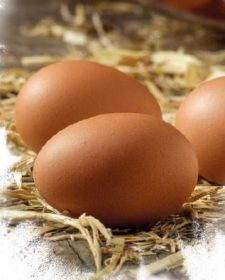
Metabolites of vitamin D3 are currently available to increase calcium retention and reduce mortality.
Zinc, manganese, and copper
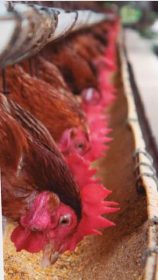
Heat stress and eggshell quality
When hens are under heat stress, the continuous panting generates a low carbonate in the blood and the consequent deterioration of the quality of the eggshell due to lack of carbonate.
Feed selection by the hen
Laying hens need a minimum daily intake of metabolizable energy of 280 to 300 kcal/kg with a balanced intake of digestible amino acids, minerals, and vitamins to ensure adequate egg production and size. When the hen is in production, she can select different diet components during the day.
Levels equal to or greater than 17% protein have traditionally been used in laying hen diets. However, the current trend is to formulate based on the essential digestible amino acid requirements.
It is important to mention that laying hens do not have a crude protein requirement. They only need an amount that ensures a sufficient nitrogen reserve to synthesize dispensable amino acids.
During the last decade, many studies have been carried out to determine the daily needs of amino acids in laying hens. Therefore, formulating a proven practice based on the essential digestible amino acid requirements. Layers fed a 13 to 14% protein diet, adequately supplemented with pure amino acids (methionine, lysine, tryptophan, arginine, threonine, valine, and isoleucine) have been shown to perform optimally, similar to those fed a control diet with 16% or 18% protein.
Accurate and reliable values of digestible amino acids in the ingredients are essential to obtain these results.
The amount of information that has been generated about the digestibility of amino acids in raw materials and the required levels allows us to formulate laying hen diets with greater precision. Table 1 shows the updated range of suggested daily intake levels of digestible amino acids for laying hens.
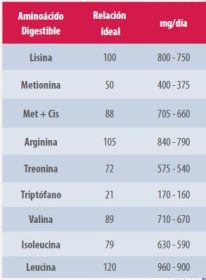
Table 1. The suggested ratio of digestible amino acids for laying hens.
CONCLUSION
It is a great challenge to adapt the nutritional programs required by the new genetic strains of laying hens. They are very efficient birds with a great propensity to produce eggs and, therefore, more sensitive to any nutritional alteration.
